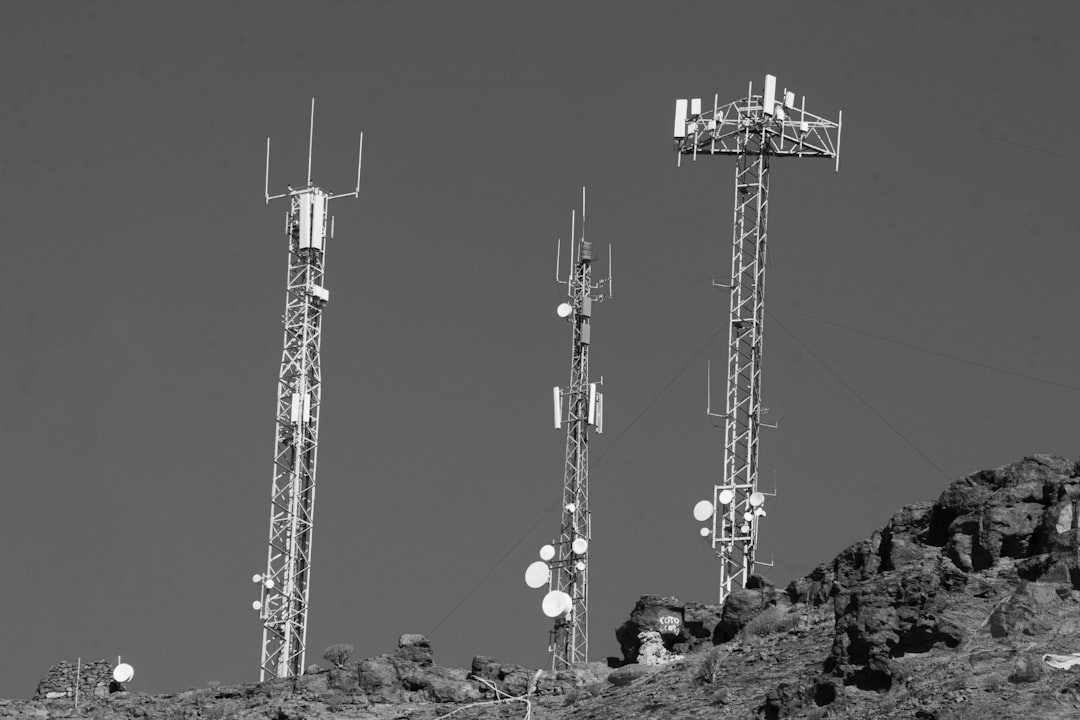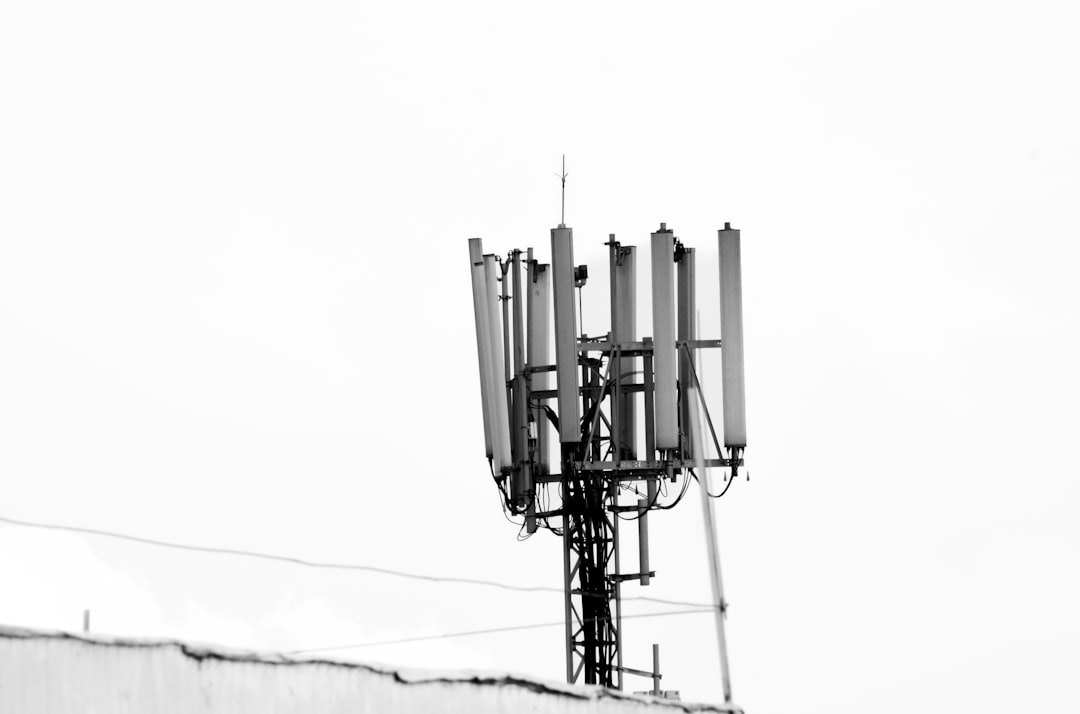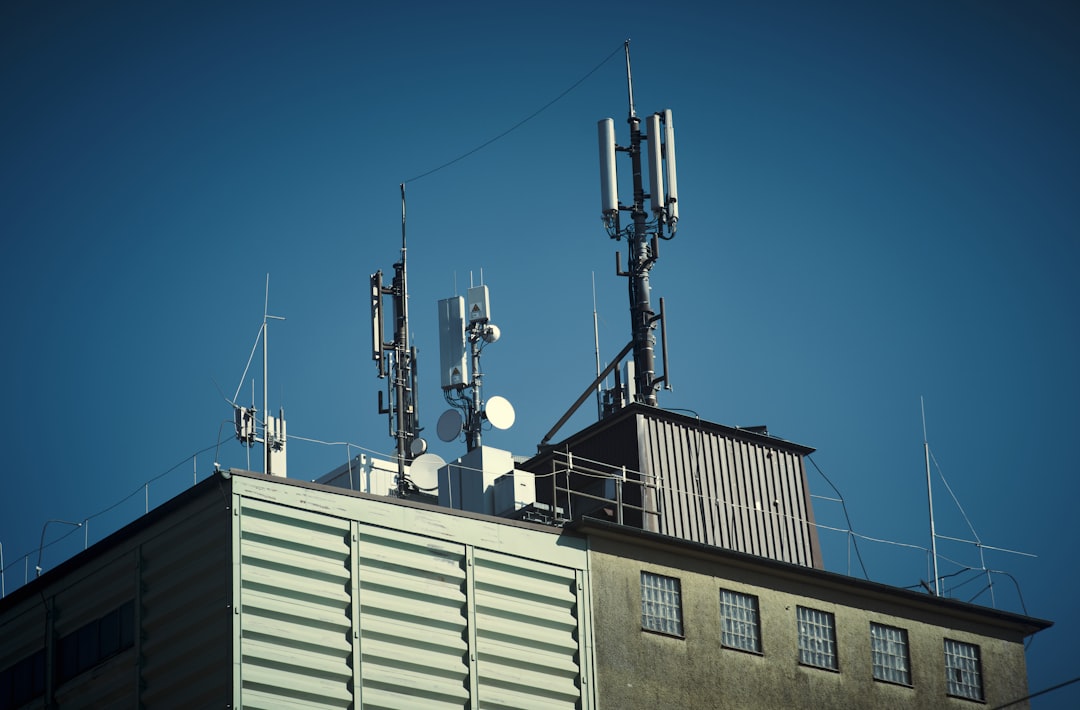

Engage prospects with a scan and streamline customer engagement with FREE QR code marketing tools by Sona – no strings attached!
Create a Free QR CodeFree consultation

No commitment

Engage prospects with a scan and streamline customer engagement with FREE QR code marketing tools by Sona – no strings attached!
Create a Free QR CodeFree consultation

No commitment
The communications landscape is evolving quickly, and communication device providers face a dual mandate: educate customers effectively while delivering frictionless support. Buyers expect instant clarity on setup, security, and feature usage, yet printed manuals, static brochures, and legacy support channels often fail to meet modern expectations. The result is slower onboarding, rising support costs, and missed opportunities to engage and convert high-intent prospects who never identify themselves.
QR codes in marketing bridge this gap by turning packaging, in-store displays, quick start guides, and accessories into interactive entry points that route customers to the exact resources they need. With a single scan, users can access tutorials, FAQs, firmware updates, and live support without downloading an app or navigating unfamiliar portals. For providers, QR codes unlock real-time analytics and segmentation that bring offline customer behavior into view.
As omnichannel marketing becomes a baseline for competitiveness, QR-powered experiences help device providers educate at scale, personalize follow-up, and capture engagement signals that were once invisible. With the right strategy and tools such as Sona QR and Sona, teams can track every scan, connect it to downstream outcomes, and iterate quickly based on what customers actually do rather than what they might do.

QR codes seamlessly connect physical touchpoints to digital content, helping providers deliver accurate setup instructions, security best practices, and live assistance exactly when customers need it. When placed thoughtfully on packaging, SIM sleeves, routers, handsets, and retail signage like digital signage, they create a guided journey that shortens time to value and reduces support tickets.
Consider the common pain points that slow education today. Paper manuals and warranty cards go missing or become outdated as firmware evolves. Appointment cards and mailers invite interest but capture no measurable action. Lengthy forms discourage registrations and feedback. QR codes remove these barriers by simplifying access and recording intent-rich interactions that would otherwise be lost.
Analog processes can be rebuilt as digital-first experiences. Replace paper forms with mobile-optimized flows launched from QR codes. Replace static posters with dynamic learning hubs that auto-detect language. Replace untracked in-store demos with scan-to-schedule workflows. With Sona QR, these experiences are centrally managed, fully trackable, and easy to iterate as customer behavior changes.

Communication device providers must deliver instant clarity on activation, configuration, privacy, and safe usage while simultaneously keeping content current across many SKUs and geographies, especially in telecommunications. Traditional print assets such as quick start guides, appointment reminders, and direct mail lack flexibility and measurability. They rarely show which pages customers read or which features drive confusion, and they cannot respond to a firmware patch or compliance update without costly reprints.
QR codes solve this by turning every surface into a smart gateway. A code on a router box can take users to the exact firmware version guide they need. A code on a handset tray can open a secure device protection enrollment. A code on a counter display can trigger a live demo request while a sales associate is still present. Each interaction is time stamped and tied to channel, location, and device, creating a data trail for optimization.
Embedding QR codes into connected packaging, training kits, and service counters transforms passive assets into interactive touchpoints. Instead of guessing what information customers need, you can let their scans reveal it and use those insights to refine content and outreach.

QR codes are versatile. They can link to web destinations, trigger prefilled messages, store secure Wi-Fi credentials, and more. Selecting the right format for each moment in the customer journey ensures that scanners land on the most helpful next action without additional steps.
Communication device providers benefit most from formats that reduce setup friction and accelerate support. For consumer lines, web links and app downloads simplify activation and feature discovery. For enterprise and field teams, vCards, SMS, and Wi-Fi access streamline collaboration, site visits, and demos. The key is to match intent with action so that every scan moves the user forward.
Dynamic QR codes add crucial flexibility. If a compliance notice changes or a feature is deprecated, you can redirect traffic instantly without the cost of new packaging or signage. With Sona QR, you manage formats, destinations, and analytics in one platform and update them at scale as your product roadmap evolves.

Device providers interact with customers across many offline surfaces, from retail to service centers to field installations. The biggest growth opportunities arise where there is frequent engagement, high intent, and limited visibility into outcomes. By placing unique QR codes at these points, you capture demand at the source and recover data that would otherwise remain anonymous.
Think about the moments where prospects pause, ask questions, or seek assurance. A shopper comparing models in-store, a business buyer visiting your booth, a homeowner unboxing a router, or an IT admin reading a migration guide all represent intent. QR codes help translate that intent into measurable action and ongoing conversations.
Targeting placements that intersect with typical device journeys ensures you are present at the moment of need. As a bonus, each QR scan adds a datapoint to your understanding of content effectiveness and channel ROI.

Device providers share a common goal: help customers activate, secure, and use products confidently while keeping support costs manageable. QR codes bring immediacy and measurability to these objectives by guiding users step by step and capturing behavior signals for continuous improvement.
Below are high-impact use cases aligned with the most frequent customer interactions. Each one turns a physical interaction into a digital journey with clear outcomes.
You can pilot one or two use cases in a single product line, then expand based on results. Over time, use real engagement data to prioritize new placements and content investments.
Every QR scan is a signal. It tells you who showed interest, which product or feature caught their attention, and where they were when they engaged. By deploying distinct QR codes across your touchpoints, you can segment audiences automatically and tailor follow-up to the context of each interaction.
Communication device providers benefit from distinguishing between consumer buyers and business decision-makers, new customers and upgraders, setup seekers and support escalators. When your CRM and ad platforms receive these distinctions as tags, you can deliver timely, relevant messages that move each group forward rather than sending generic blasts.
With Sona QR, segmentation happens automatically as scans flow into your dashboard. You can see which codes perform, which audiences respond, and where to double down.
QR codes function as connectors across your print, retail, and digital channels. They make your offline materials measurable and your online experiences immediately accessible from the real world. Instead of treating assets like brochures or displays as endpoints, you can turn them into gateways that launch customer journeys with attribution baked in.
For device providers, this creates a cohesive narrative across channels. A shopper scans a poster in-store, watches a demo video at home, and registers the device after unboxing. Each step is connected through QR-driven paths, and each interaction feeds your analytics and CRM for personalized follow-up.
Centralizing codes in Sona QR gives you a single source of truth. You can monitor scan performance across channels, make real-time content updates, and sync engagement data with your CRM and ad tools for coordinated campaigns.
Launching a QR initiative is straightforward when you align each step with a clear business outcome. Start small with one product family or region, validate the experience, and then scale with confidence. The playbook below emphasizes clarity of purpose, thoughtful design, and rigorous measurement.
Before you begin, select a platform such as Sona QR that supports dynamic codes, analytics, and integrations. This lets you update destinations post-print, test variations, and attribute scans to revenue without rebuilding your tech stack.
Proving impact requires more than counting scans. You need to connect each scan to downstream behavior and, ultimately, to revenue. This is challenging when data is fragmented across offline events, websites, apps, and CRMs. A modern QR platform closes these gaps by unifying engagement, identity, and attribution.
Start by capturing rich scan metadata such as time, location, device type, and code variant. Then link scans to follow-on actions like tutorial completion, support chat, warranty registration, or quote request. Over time, you can see which placements, messages, and formats reliably move buyers from curiosity to commitment.
By treating QR analytics as part of your performance stack, you do not just learn what people scanned. You learn what persuaded them, which teams to notify, and where to invest next.
QR code performance improves when design, placement, and follow-up are thoughtfully orchestrated. A few practical habits go a long way: make the benefit explicit, reduce post-scan friction, and ensure every interaction triggers a meaningful next step. Over time, this turns QR codes from a utility into a strategic growth lever.
Start with a focused deployment, then iterate relentlessly. As you learn which messages and placements drive action, expand to additional product lines, regions, and partners. Keep CTA language benefit-led and adapt it to the environment, such as Scan for live setup help near service counters or Scan to compare speeds on retail shelves.
QR codes offer communication device providers a scalable path to educate customers, differentiate their offerings, and generate measurable value across the journey. By addressing pain points like lost visibility into high-intent prospects, anonymous in-store engagement, and outdated content, QR strategies transform every device interaction into an opportunity for growth and loyalty. With Sona QR and Sona.com, you can generate and manage dynamic codes, track performance in real time, and link engagement to revenue outcomes. Forward-looking providers are already building these data-driven experiences, and the path to start is simple: create your first dynamic code, place it where customers need you most, and let the data guide your next move. Start creating QR codes for free.
QR codes have transformed communication device providers from simply selling products to delivering interactive, educational experiences that empower customers. By integrating QR codes into your marketing and support materials, you can streamline customer education, enhance product understanding, and foster stronger brand loyalty—all while capturing real-time engagement data to refine your strategies. Imagine instantly knowing which tutorials or product guides resonate most and adjusting your approach on the fly to maximize impact.
With Sona QR, creating dynamic, trackable QR codes is effortless. Update campaigns instantly without costly reprints, connect every scan to customer insights, and measure the effectiveness of your educational content down to the individual interaction. This means every QR code becomes a powerful tool for customer acquisition, satisfaction, and long-term retention.
Start for free with Sona QR today and transform your communication devices into gateways for meaningful customer engagement and growth.
QR codes provide instant access to setup guides, firmware updates, and live support while enabling real-time analytics, reducing support costs, and improving customer onboarding for communication device providers.
The article does not specifically address QR code use in the healthcare sector.
QR codes turn physical marketing assets into interactive entry points that link customers to tutorials, FAQs, and live support without apps, enabling personalized follow-up and capturing previously invisible engagement signals.
QR codes can be implemented on packaging, retail displays, service counters, direct mail, event booths, and device accessories to provide setup help, warranty registration, troubleshooting, app activation, and feedback collection.
Current trends include using dynamic QR codes for real-time content updates, behavior-based audience segmentation, seamless CRM integration, multi-channel marketing synchronization, and automated follow-up to turn scans into measurable revenue.
Use Sona QR's trackable codes to improve customer acquisition and engagement today.
Create Your FREE Trackable QR Code in SecondsJoin results-focused teams combining Sona Platform automation with advanced Google Ads strategies to scale lead generation

Connect your existing CRM

Free Account Enrichment

No setup fees
No commitment required

Free consultation

Get a custom Google Ads roadmap for your business






Launch campaigns that generate qualified leads in 30 days or less.
